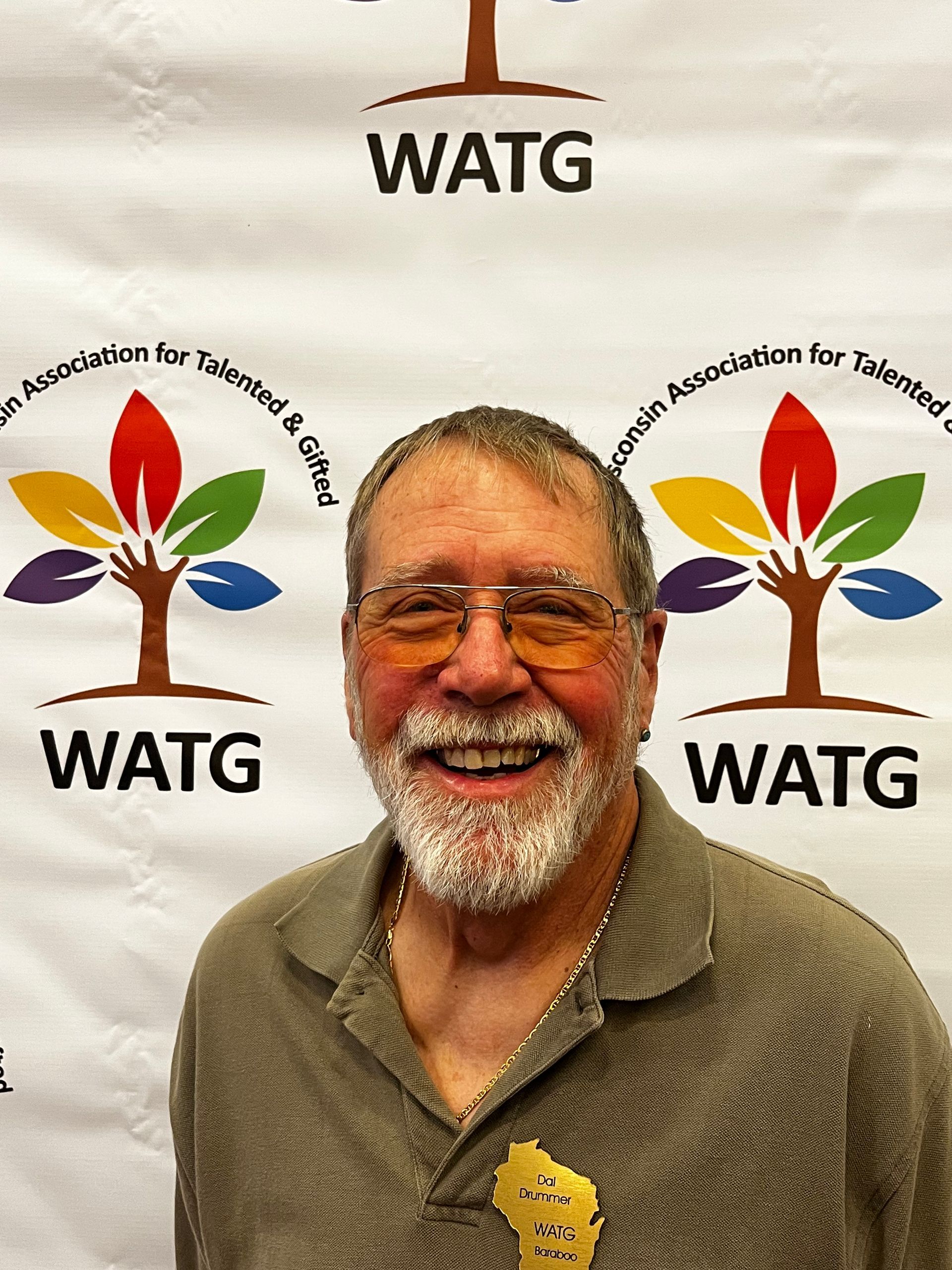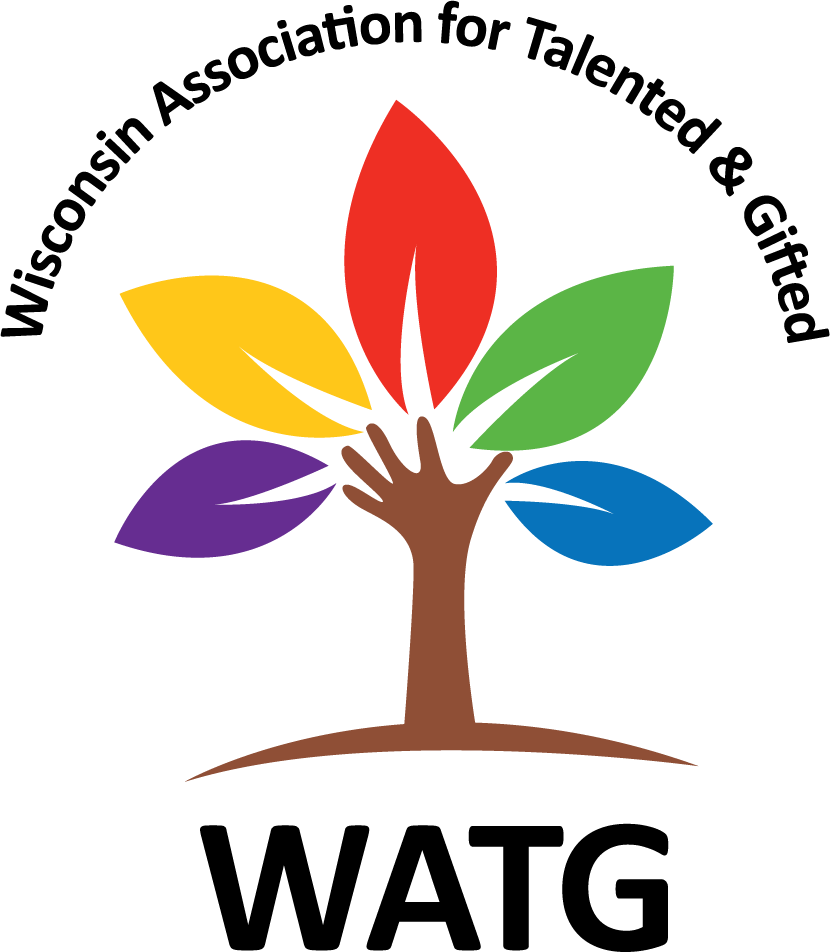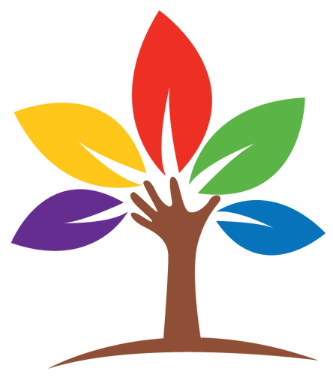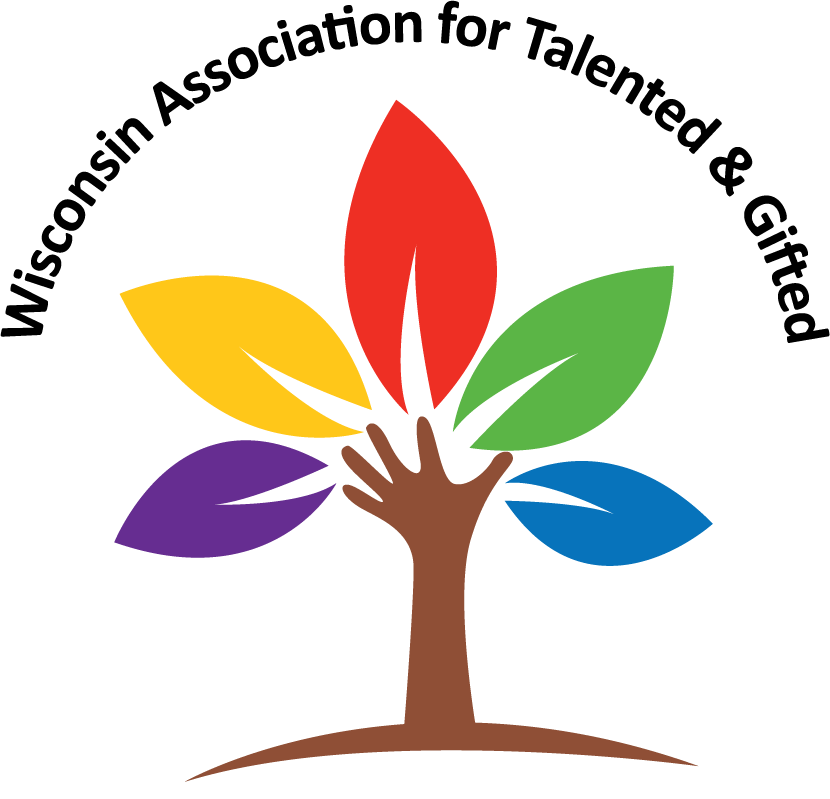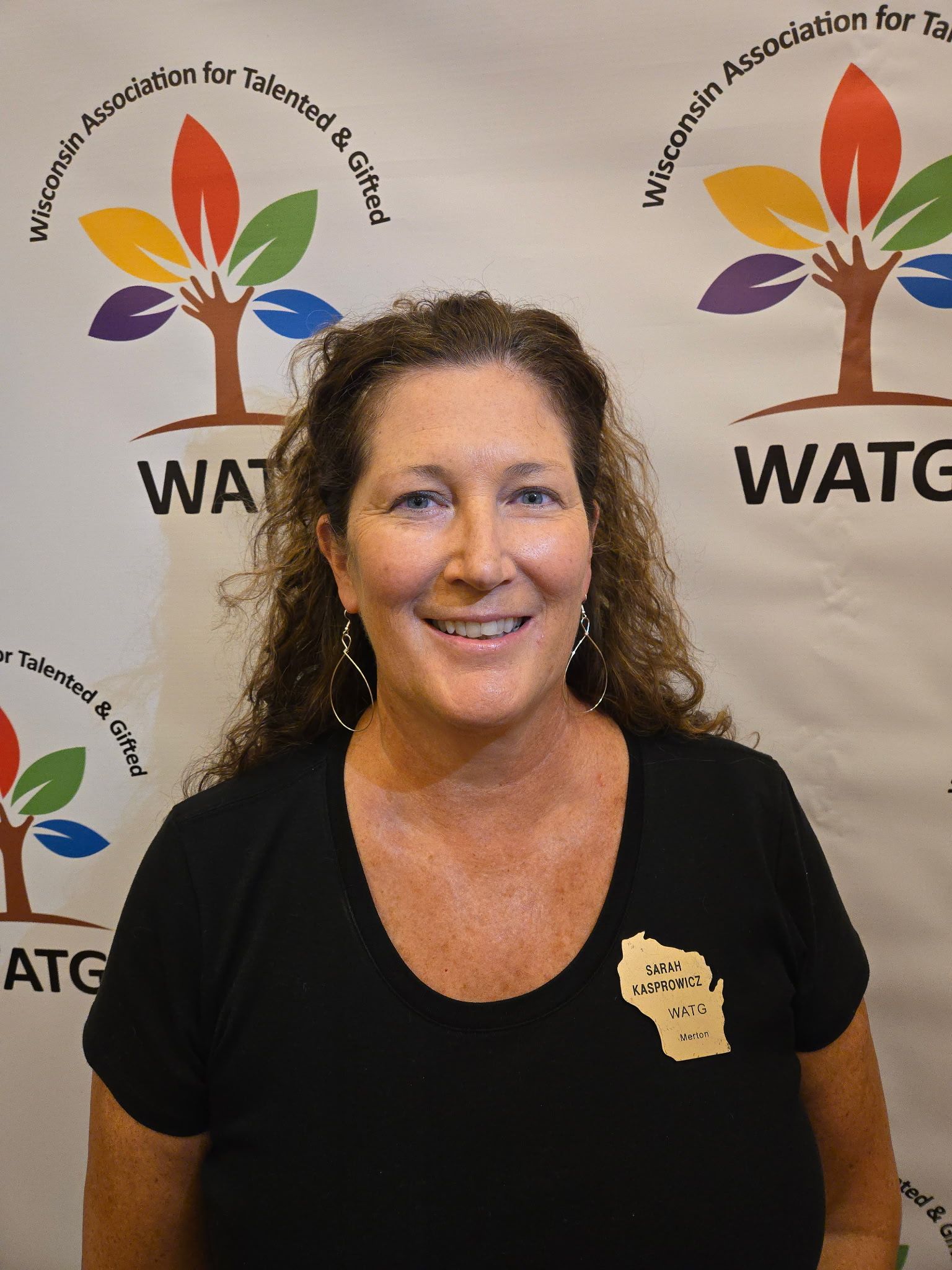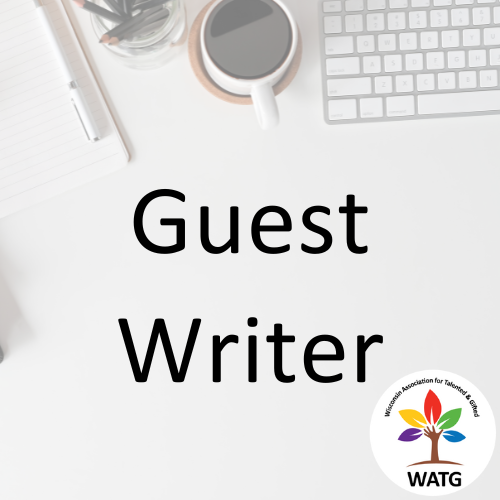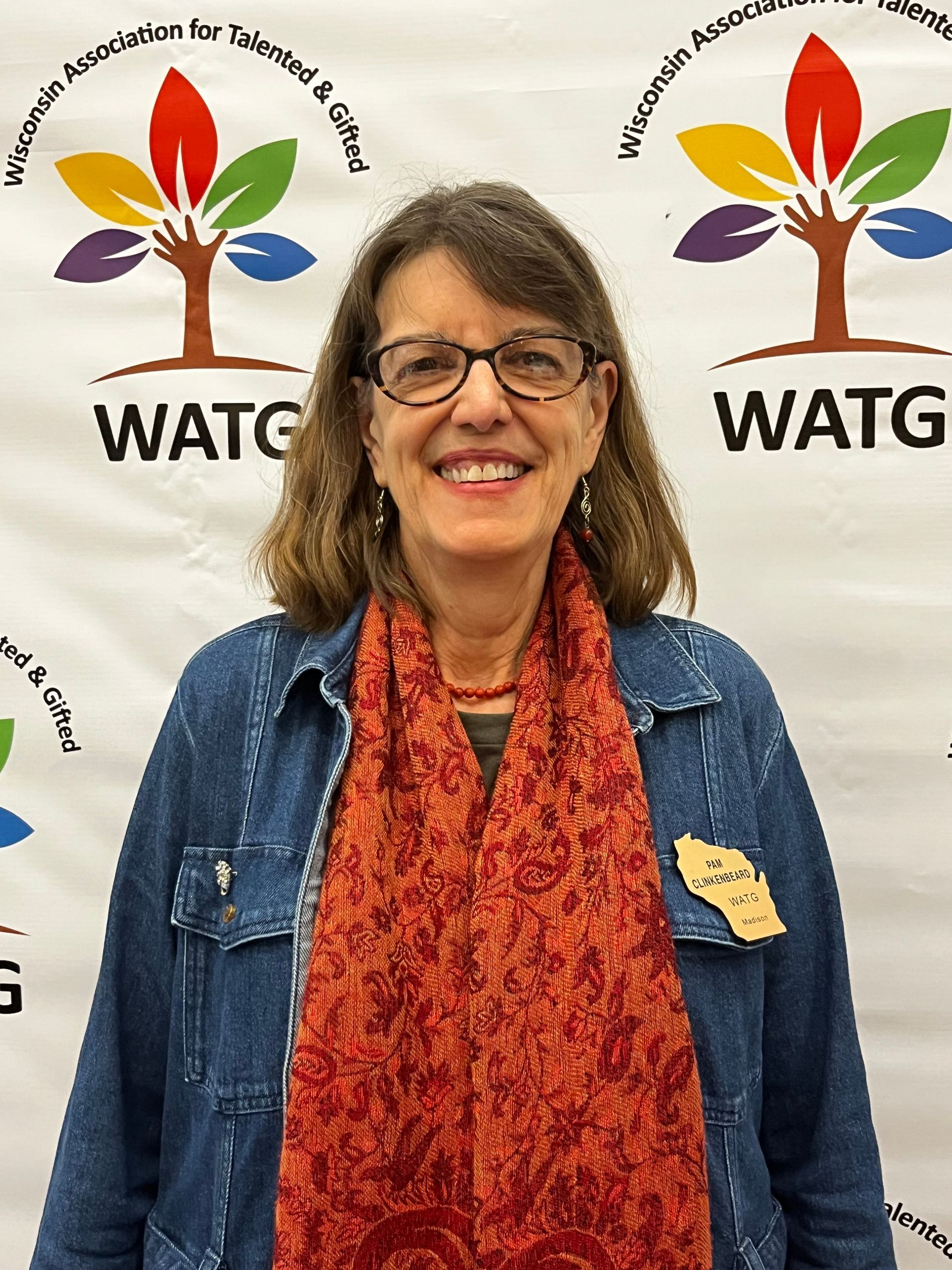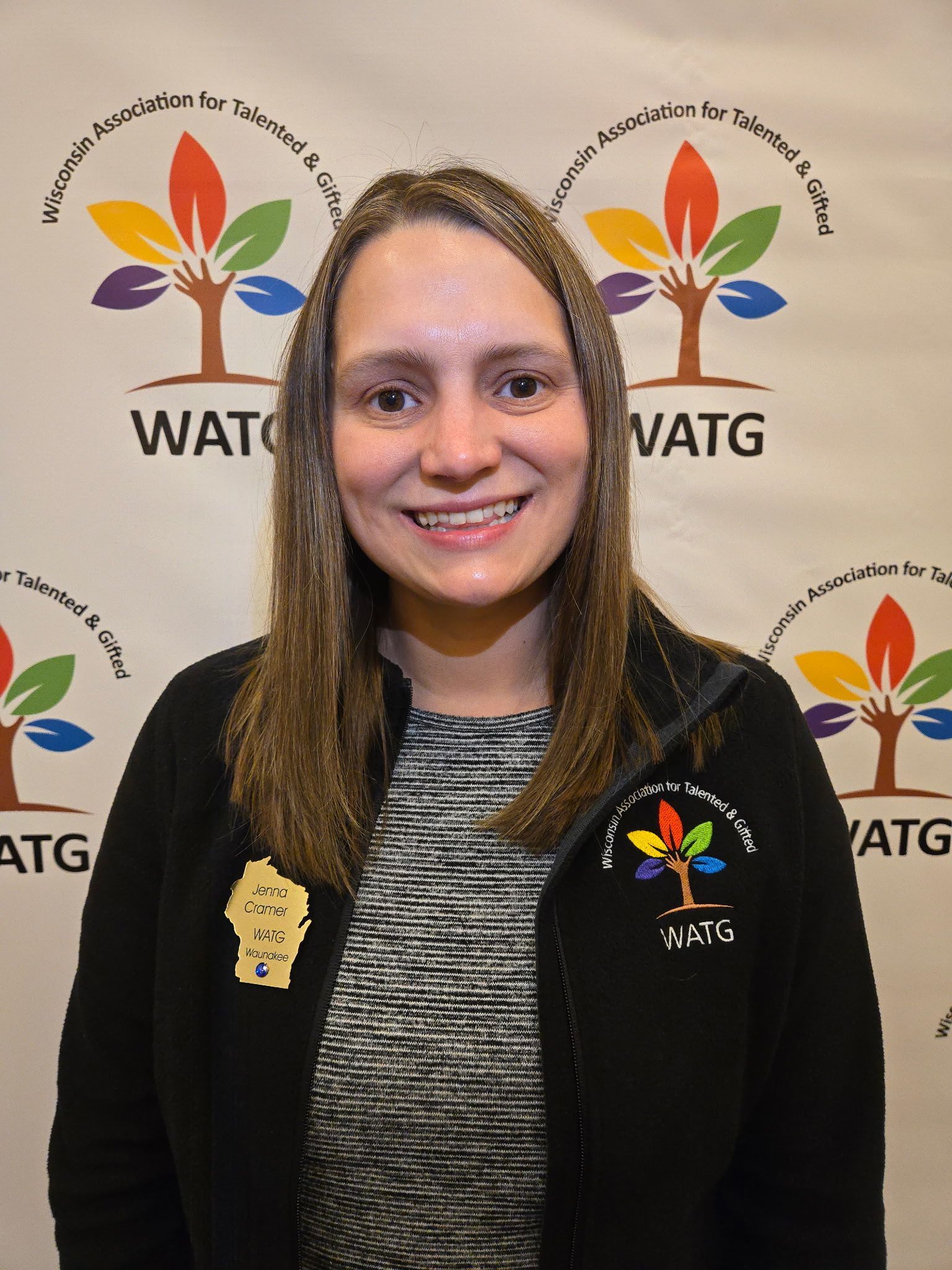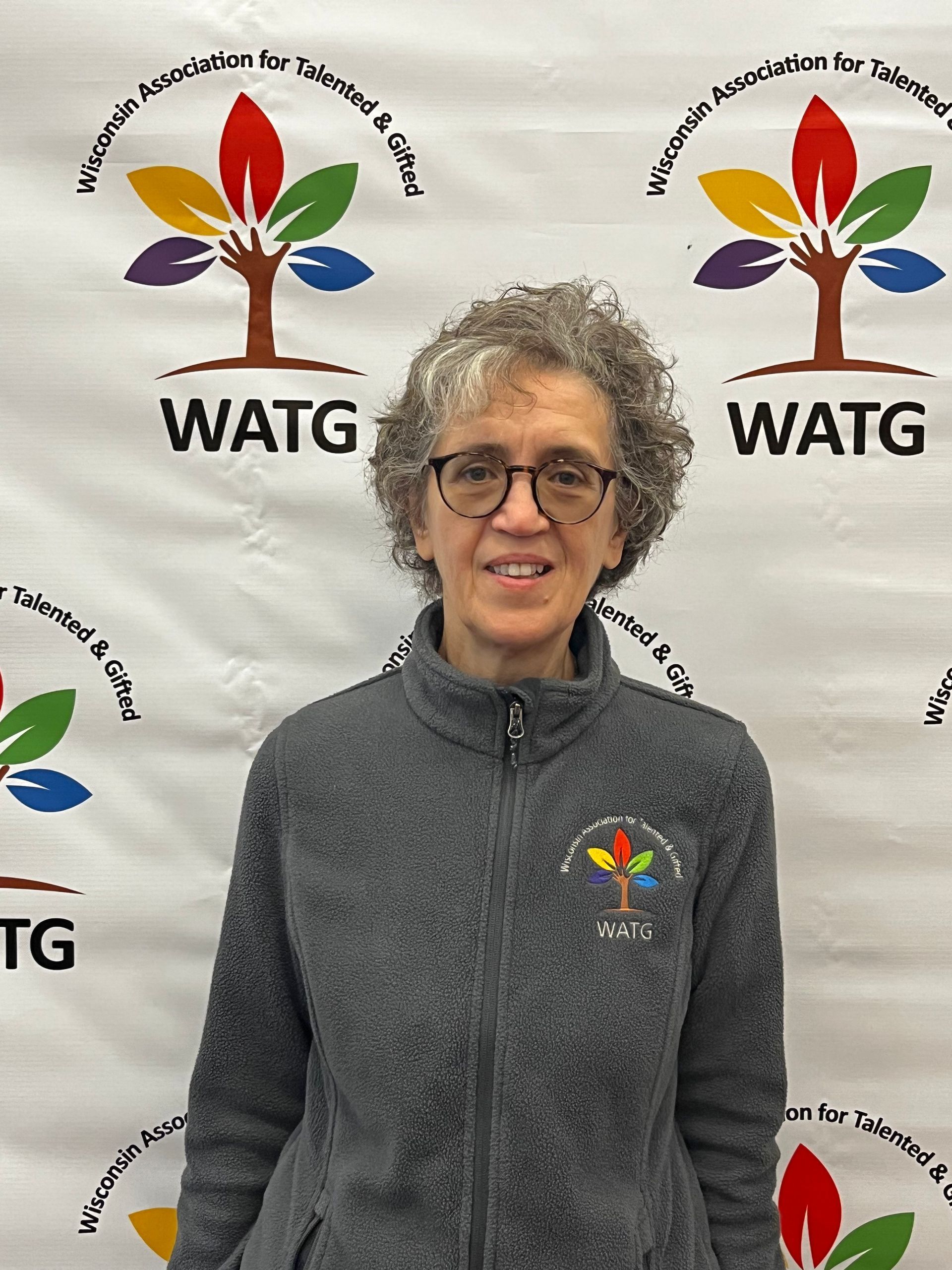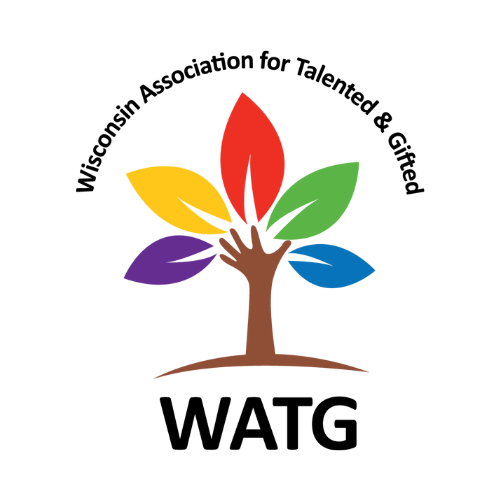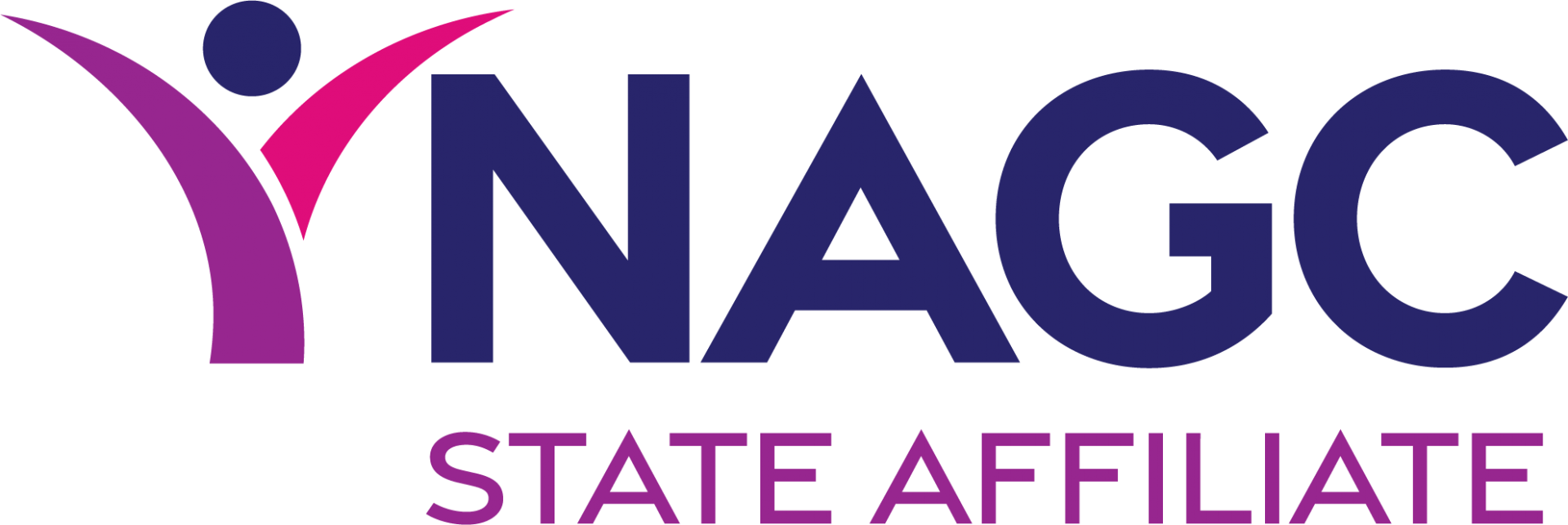Can AI Truly Be Creative?
Artificial intelligence has been sparking heated debates in the educational world and beyond. Will AI eventually surpass humans in creativity? At first glance, it may seem like it already has. After all, AI can generate endless ideas in seconds, unconstrained by fear, shame, or mental fatigue.
But here’s the critical distinction – AI alone is not very creative. Creativity isn’t just about generating novel ideas. True creativity combines novelty with usefulness – two sides of the same coin. An idea must not only be new, but also meaningful and valuable in a given context. And that’s where humans still have the upper hand.
Since AI lacks human limitations (e.g., embarrassment or cultural norms), it explores ideas we might never consider, and this makes AI a powerful brainstorming tool that can help spark inspiration at the earliest stages of the creative process.
However, paradoxically, having too many options can paralyze the human mind. When everything is possible, nothing feels right. Creativity thrives not in a vacuum of infinite choices, but within a framework of constraints, time limits, budget restrictions, social expectations, or personal values, even biases. These boundaries help us focus, prioritize, and make decisions that lead to innovative solutions.
It may seem counterintuitive, but studies in creativity science have shown that constraints fuel innovation. Like a puzzle, the challenge of working within limits pushes us to find original ways forward. This is where human intelligence shines – by navigating complexity, integrating personal and cultural meaning, and selecting ideas that resonate deeply with real-world needs.
AI can suggest what could work, but it can’t reliably judge what should work. That final judgment, the transformation of raw ideas into valuable innovations, is still uniquely human.
Empirical research shows that AI can often exceed human creativity in standard idea generation tasks, but this performance typically clusters around the mean of a bell curve, between -1 and +1 standard deviations. In contrast, the most groundbreaking human ideas often lie at the far ends of that curve, beyond the average, driven by insight, emotion, and lived experience. Thus, the same empirical research shows that the highest creativity is generated mostly by humans.
So while AI can help us reach good ideas quickly, great ideas still require a human touch. AI can help us think bigger and faster, but only we can choose the best path forward.
As you and your children or students wrestle with the joys and challenges of AI, you may want to share the research that is emerging. Like any other tool, we need to consider its possibilities as well as its limitations in order to use it most effectively.
- By Dr. Uzeyir Ogurlu, Guest Blogger
Thank you to Kristen Eiswerth for her translation of this article for our Spanish-speaking educators and families.
